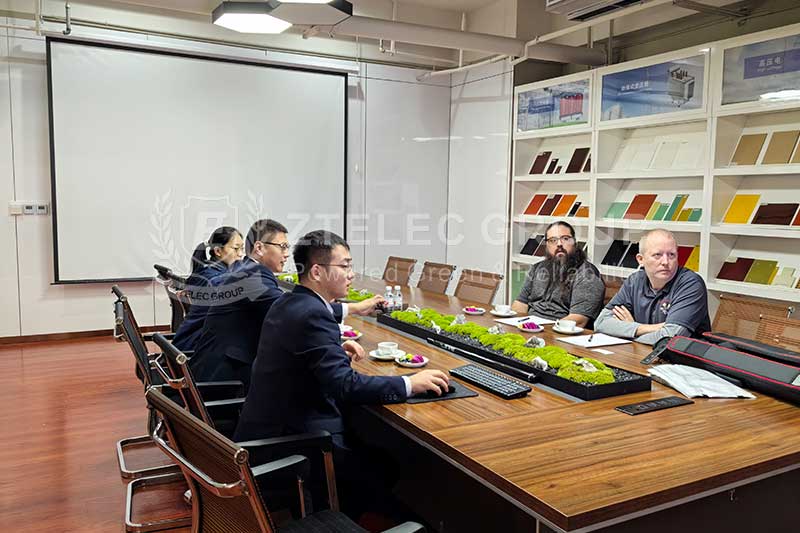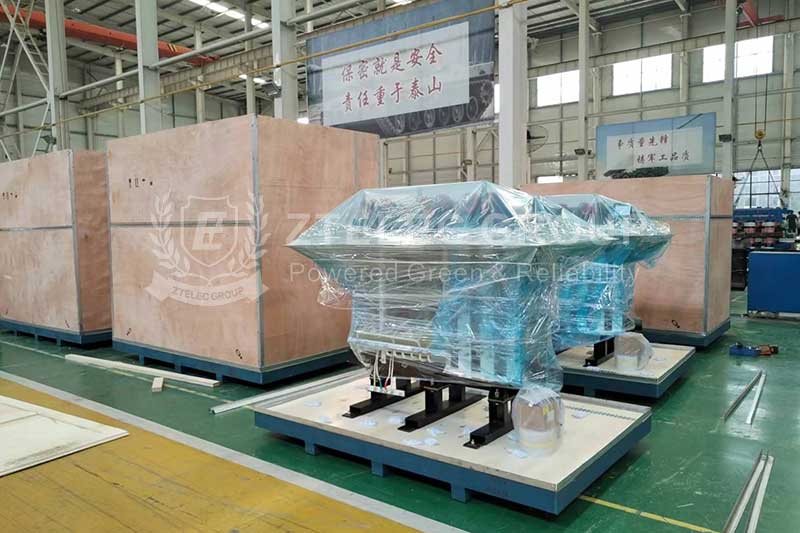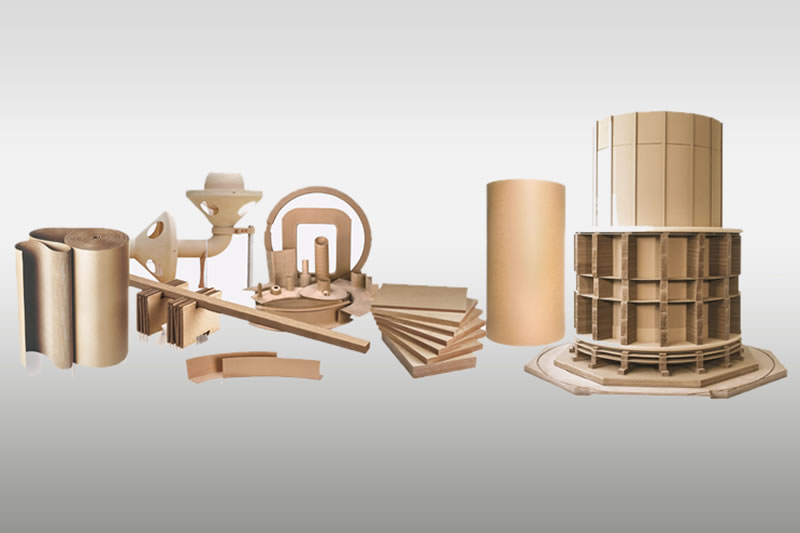Dry-Type Transformer Price List and Cost-Performance Analysis
In today’s power distribution industry, dry-type transformers are widely used across hospitals, data centers, commercial buildings, and factories due to their superior safety, environmental friendliness, and low maintenance requirements. For procurement professionals, both price and cost-performance are crucial when selecting the right transformer model. This article provides a detailed breakdown of dry-type transformer pricing, influencing cost factors, typical price ranges by capacity, and an in-depth cost-performance evaluation to help you make informed, budget-conscious decisions.
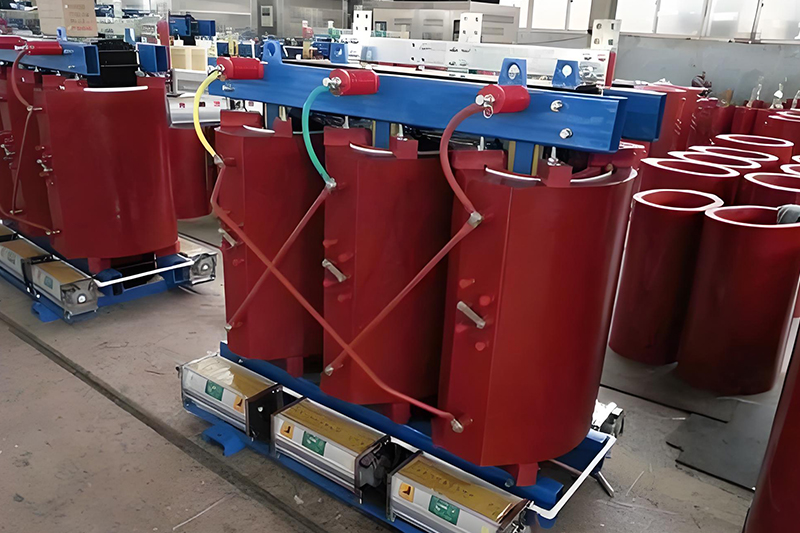
Dry-Type Transformer Price Reference Table
The following table presents estimated price ranges for standard dry-type transformer capacities. These prices are for reference only and may vary based on brand, material quality, configuration, and regional factors:
| Capacity (KVA) | Estimated Price (RMB) | Typical Application |
|---|---|---|
| 100 KVA | ¥18,000 – ¥25,000 | Small offices, shops |
| 250 KVA | ¥28,000 – ¥40,000 | Residential distribution |
| 500 KVA | ¥45,000 – ¥65,000 | Medium-sized factories |
| 800 KVA | ¥70,000 – ¥90,000 | Commercial complexes |
| 1000 KVA | ¥85,000 – ¥110,000 | Hospitals, data centers |
| 1600 KVA | ¥130,000 – ¥170,000 | Large industrial projects |
Note: Prices listed are for SCB10/SCB11 epoxy resin-cast dry-type transformer units only. Transportation, installation, taxes, and additional configurations are not included. Final pricing should be confirmed with suppliers during quotation.
Key Factors Influencing Dry-Type Transformer Prices
1. Fluctuation in Raw Material Costs
Copper and silicon steel—critical components in transformer production—are heavily influenced by global commodity markets. An increase in raw material prices leads directly to higher transformer costs, while decreases can reduce pricing accordingly.
2. Insulation Material Grade
Transformers use various insulation classes (e.g., F, H, C), each offering different levels of thermal resistance. Higher-grade insulation improves performance in high-temperature environments but comes at a higher cost. Selection depends on operational conditions and safety requirements.
3. Brand Reputation and Certification Standards
Renowned transformer brands often command premium prices due to superior quality control, R&D investment, and enhanced technical support. Products certified by international standards like ISO, CE, or UL are generally more trusted and priced higher in both domestic and export markets.
4. Special Customization Requirements
Customized features—such as non-standard voltages, special enclosures, IP54 protection, or frequency adjustments—require additional design and engineering resources. These customizations significantly impact production costs and final pricing.
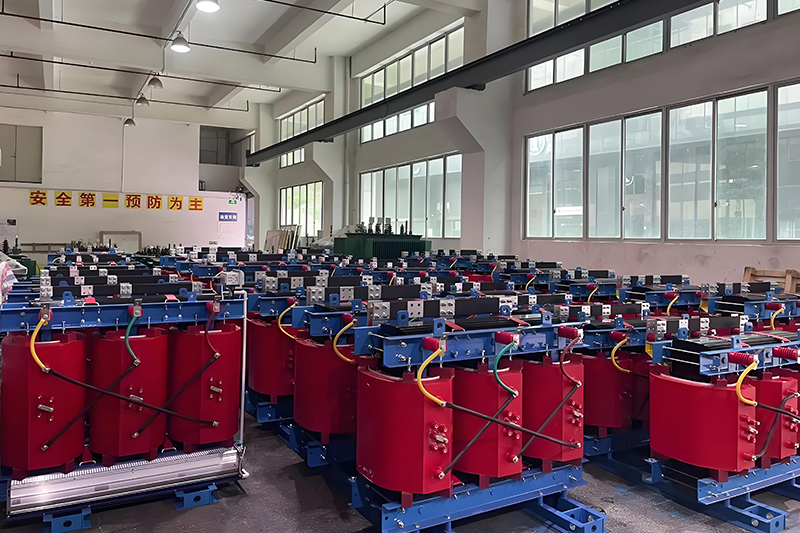
Evaluating Dry-Type Transformer Cost-Performance
Choosing a transformer should go beyond just the initial purchase price. A full cost-performance evaluation considers energy efficiency, operational reliability, lifespan, and support services.
1. Energy Efficiency
Transformers that meet national energy efficiency standards (e.g., GB 20052) or have certified energy-saving features can reduce electricity consumption over time. Though slightly more expensive upfront, they offer long-term savings through reduced energy bills.
2. Noise and Cooling Design
In sensitive environments like hospitals or schools, noise levels matter. Low-noise transformers (< 50 dB) improve comfort and compliance. Efficient cooling systems reduce overheating risks, extend service life, and minimize maintenance frequency and costs.
3. Life Cycle Cost Analysis
High-quality dry-type transformers often operate for 20+ years with minimal failures. When evaluating cost-effectiveness, consider long-term operating expenses, repair costs, and replacement cycles in addition to the purchase price. A life cycle analysis offers a more realistic picture of value.
4. After-Sales Service and Technical Support
Strong after-sales service is a key factor in reducing operational risks. Top-tier suppliers offer fast response, on-site technical support, and detailed documentation to assist with maintenance and system integration. This adds significant value over time.
The price of a dry-type transformer depends on various technical, economic, and operational factors. When planning procurement, consider more than just the base cost—evaluate the full cost-performance profile, including energy efficiency, service life, and after-sales support. A well-chosen transformer not only ensures safe and reliable power supply but also optimizes long-term operational costs.
If you're looking for expert guidance or customized transformer solutions, feel free to contact our team. We provide tailored options to meet your specific project needs and budget goals.
- more+releated article
- 2025-12-13How to Select and Use Phenolic Cloth-base Lami
- 2025-12-13How Much Does Bakelite Sheet Cost? 2025 Price
- 2025-12-13Why are most 3240 epoxy boards yellow?
- 2025-12-13What are the Main Applications of FR4 Epoxy Bo
- 2025-12-13Why Does the Price of Insulating Paperboard Va
- 2025-12-13Heat-Resistant DDP Insulation Paper
- 2025-12-13Comparison of Heat-Resistant DDP Insulating Pa
- 2025-12-13G10 and FR4 Epoxy Boards: Commonly Used for Ge
- 2025-12-13The Price of Heat-Resistant DDP Insulation Pap
- 2025-12-13How to Choose Epoxy Laminate Materials for Gen


